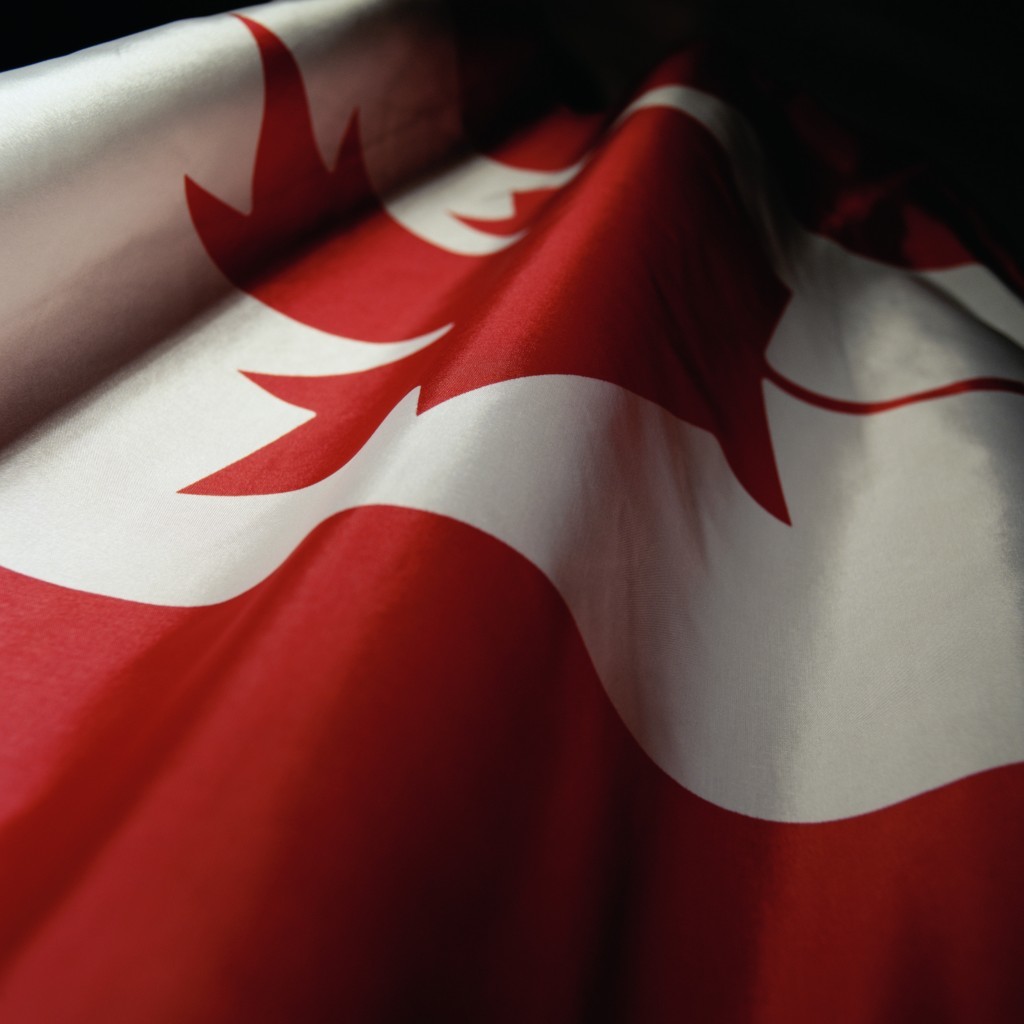
Canada is seeking new customers for its crude oil as a US review of the Keystone XL pipeline drags on and oil prices languish near $50 a barrel, the country’s Natural Resources Minister Greg Rickford said.
Canada sells nearly all of its oil and natural gas to the US, a partnership that amounts to a $140 billion a year business, Rickford said Tuesday at the Bloomberg New Energy Finance Future of Energy Summit in New York.
A downturn that has seen oil prices fall about 50 percent will cost Canada $40 billion a year, according to data compiled by Bloomberg.
“Ninety nine percent of our oil goes to the United States right now – 98 percent of our natural gas,” Rickford said. “I don’t think anyone in business would want just one customer.”
Lower crude prices have “reduced our fiscal flexibility,” he added.
Oil exports to the US will rise, peaking at 7 million to 8 million barrels a day, Rickford said. Even as sales to its largest customer increase, Canada is seeking to diversify exports.
Future oil sales to the US depend in part on TransCanada Corp.’s planned Keystone XL pipeline, a project first proposed in 2008 that is awaiting a US presidential permit.
Keystone, which has stalled over environmental concerns, would enhance US energy security by displacing exports from countries like Venezuela, Rickford said in speech at Tuesday’s summit.
The pipeline “will ensure that U.S. refineries have access to a secure supply,” Rickford said.
Keystone would transport 830,000 barrels of oil a day from Alberta to Steele City, Nebraska. As the US State Department continues its review, alternative pipelines have been proposed to Canada’s west coast to enable exports to Asia.
U.S. oil imports are expected to decline through 2020 because of rising domestic production from shale formations, the US Energy Information Administration said Tuesday in its 2015 Annual Energy Outlook.
Net imports of petroleum and other liquids is expected to drop from 26 percent in 2014 to 15 percent in 2025 and then rise to 17 percent in 2040.
Recommended for you
